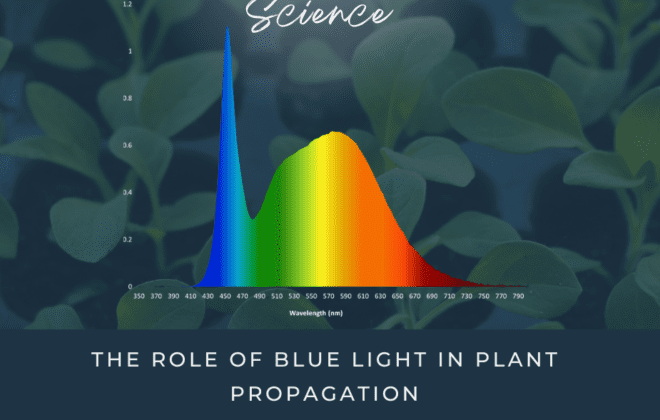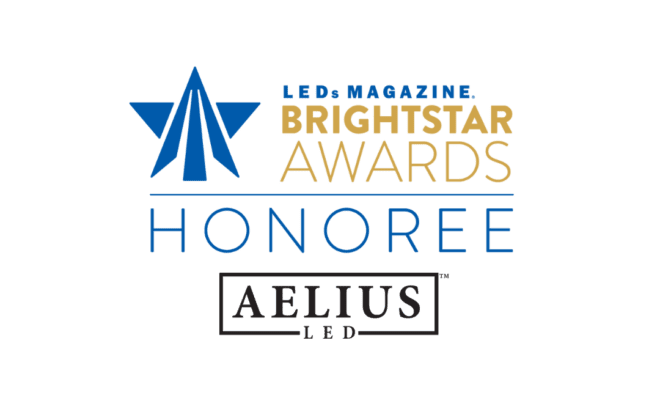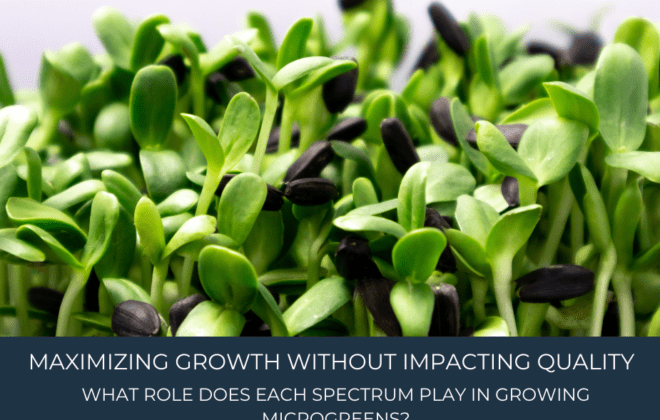
Exploring Effectiveness- Can UV Grow Lights Really Keep Pests and Disease at Bay?
If there is one thing we know for sure, it’s that when technology meets agriculture, there is no compromise in the relentless quest for innovation. Among the many solutions touted, UV grow lights have emerged as a promising contender for indoor farmers, not just as a top-light solution but as a compelling proposition for an Integrated Pest Management (IPM) solution.
But amidst the buzz, it’s essential to separate fact from fiction:
Can UV grow lights truly keep pests at bay, and can they do it without compromise?
THE BREAKDOWN
The idea is simple yet enticing: by emitting ultraviolet light, these fixtures can disrupt the reproductive cycles of pests, such as insects and fungi, ultimately reducing their populations within controlled growing environments. While the concept of UV grow lights as pest deterrents does hold merit, it’s crucial to temper expectations with a dose of reality and explore the variables behind UV light as an IPM solution.
Different wavelengths of UV light will provide different results when it comes to IPM.
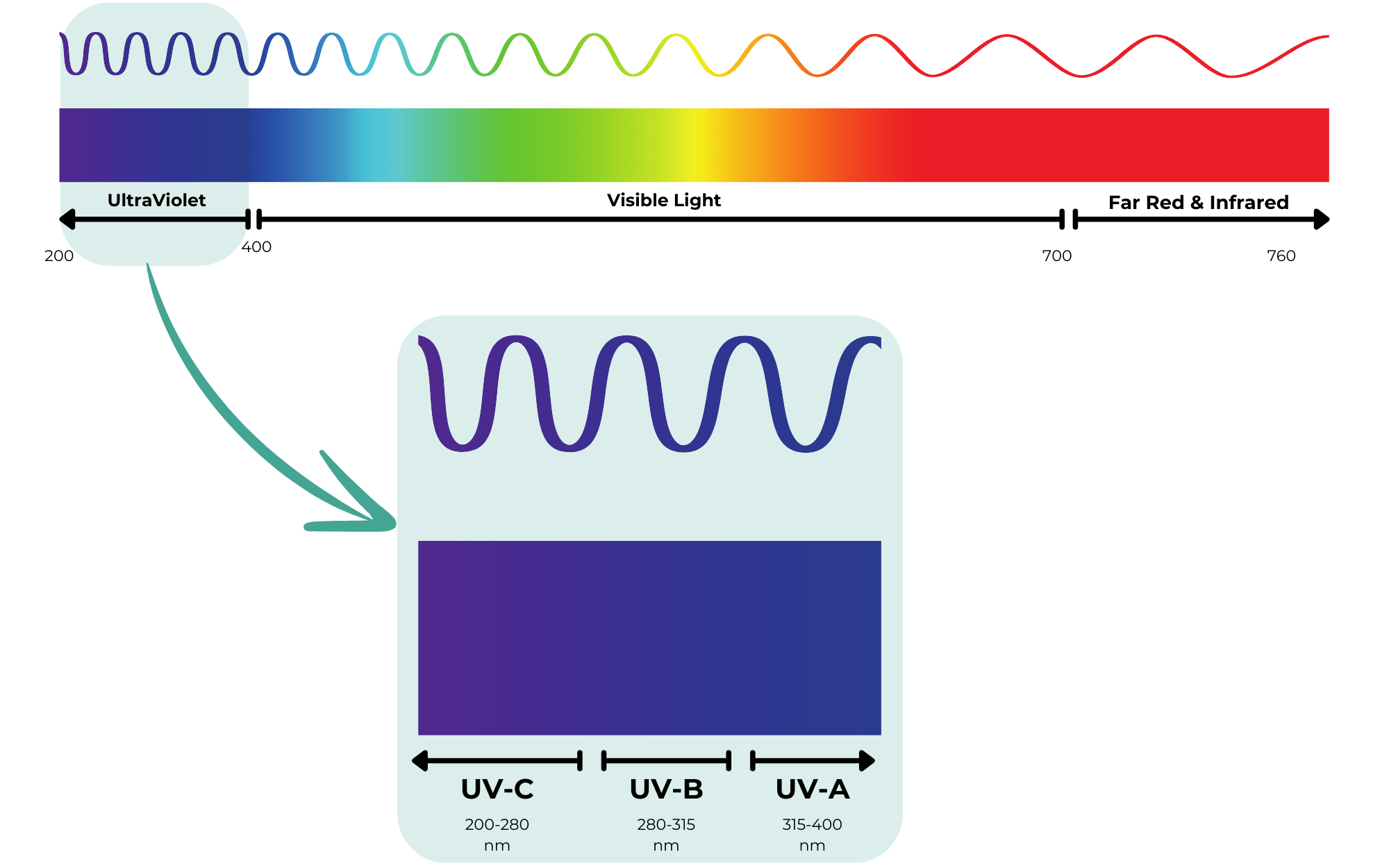

UV-C light, which has a wavelength range of around 200 to 280 nanometers (nm), is the most germicidal, and what is most often used for pest control purposes. UV-C’s short wavelengths, however, limit its penetration depth. Dense plant canopies may provide shelter for various pests, leaving you vulnerable to an infestation.
UV-B light (280 to 315 nm) can also be effective in some applications by interfering with the reproductive cycles of various pests. Exposure to UV-B radiation can disrupt the DNA and cellular processes of pests, reducing their ability to reproduce and infest crops. This doesn’t come without consequence; human exposure to UV-B radiation from artificial sources should be approached with caution due to potential health risks such as cancer, premature ageing, cataracts and photokeratitis. Without proper protection, and a clean bill of health, UV-B light may be a bigger danger to your growers than your pests.
While UV-A light (315 to 400 nm) is less germicidal compared to UV-B and UV-C light, it still has some applications in pest management if used properly, however, it is more effective for detection and behaviour modification of pests rather than elimination or prevention. Chronic exposure to UV-A radiation may induce changes in plant morphology, and disruption of metabolic pathways, and may cause a reduction in nutrient uptake. These changes can affect plant health, growth patterns, and overall crop quality.
Pest adaptation and resistance is an important factor to consider because pests, of varying species, are remarkably resilient creatures. Over time they can adapt to environmental stressors. This adaptability may render UV grow lights less effective as time goes on, leaving your crop vulnerable. Different pest species have varying sensitivities to UV light. Some pests, such as certain types of insects and fungi, may be more susceptible to UV radiation than others. This selective effectiveness means that while UV lights may control certain pests, they won’t necessarily eradicate all types of infestations.
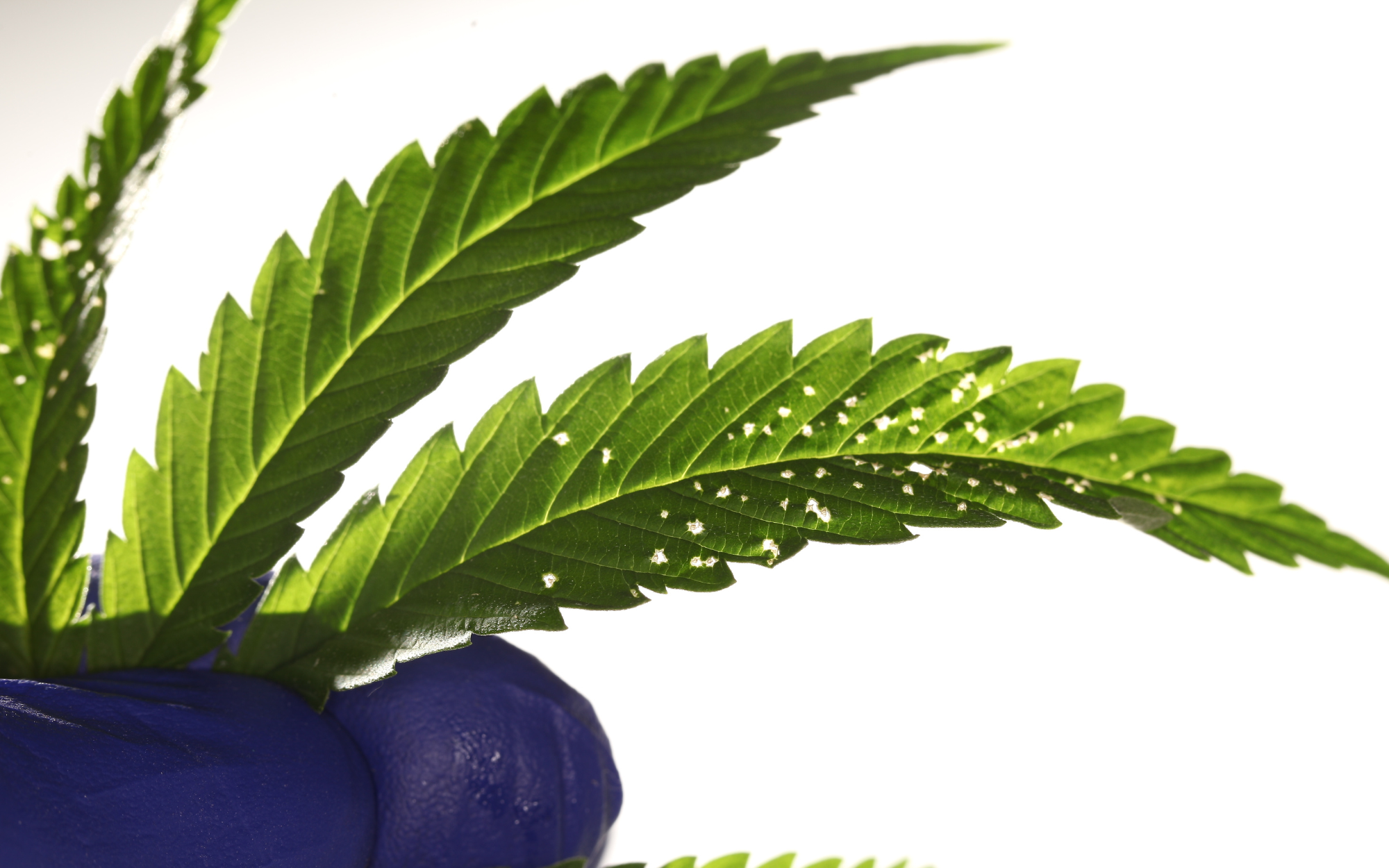

WHAT ROLE SHOULD UV PLAY IN INTEGRATED PEST MANAGEMENT
Rather than viewing UV grow lights as a panacea for pest control, it may be wise to integrate them into a comprehensive IPM strategy, leveraging multiple tactics to manage pests effectively while minimizing impact on crop and cultivator health.
UV light can be used in various ways to control pests:
Direct Exposure: UV light can be directed at plants, surfaces, or areas where pests are present.
UV Traps: Specialized UV light traps can be used to attract and trap flying insects such as aphids, fruit flies, and whiteflies.
UV Disinfection: UV light can also be used to disinfect surfaces, equipment, and irrigation systems to prevent the spread of pests and diseases.
SO, CAN UV GROW LIGHTS REALLY KEEP PESTS AND DISEASE AT BAY?
While UV lights offer tangible benefits in deterring certain pests and disrupting their lifecycles, they are not a realistic standalone solution for IPM. Acknowledging their strengths and limitations is essential for developing effective pest management strategies for your facility.
When discussing direct exposure, UV grow lights can play a valuable role alongside other methods, such as: physical barriers, biological control agents, and sanitization practices. Combining these strategies can lead to a synergistic pest management system that addresses the complexities of pest control in a dynamic agricultural setting. More importantly, understanding how your crop reacts under different spectrums (UV A, B and C) and at different intensities is a very crucial part of selecting the correct IPM for your facility.
In the ever-evolving landscape of agriculture, it’s not about relying on one solution but rather harnessing the power of synergy to guide your crop to thrive in the face of challenges.


